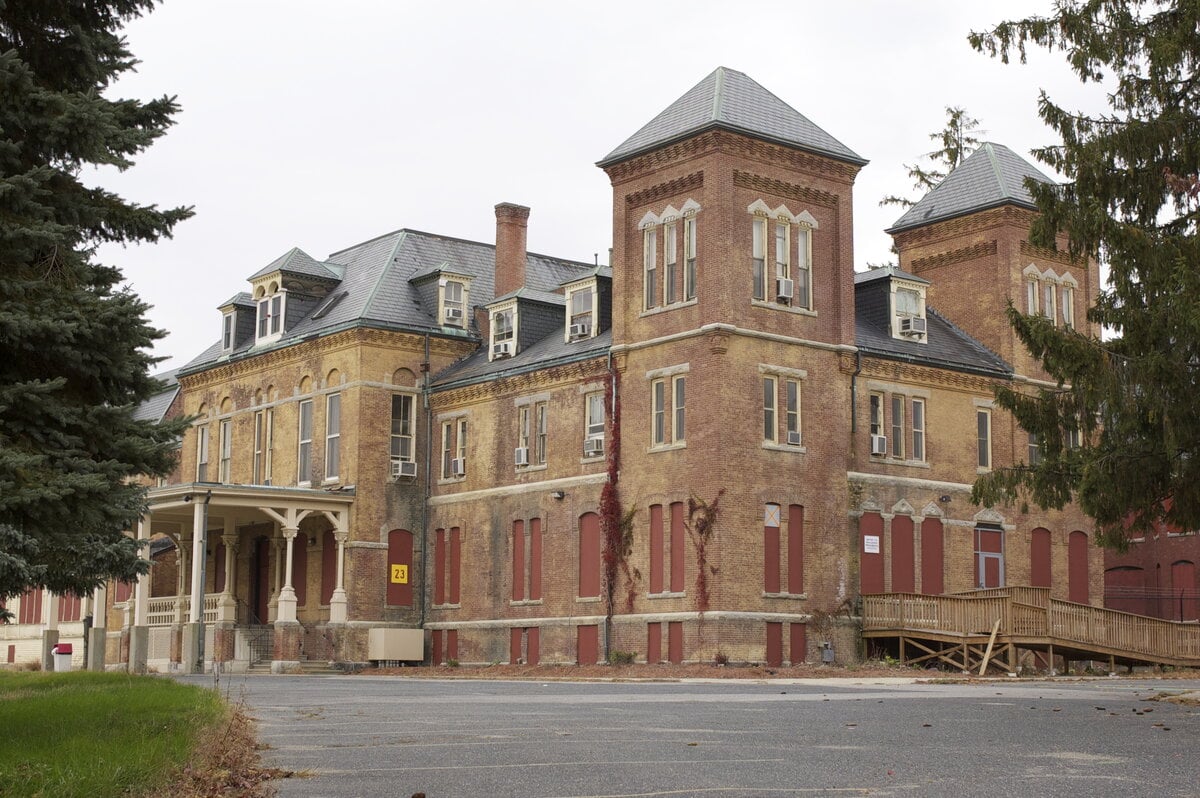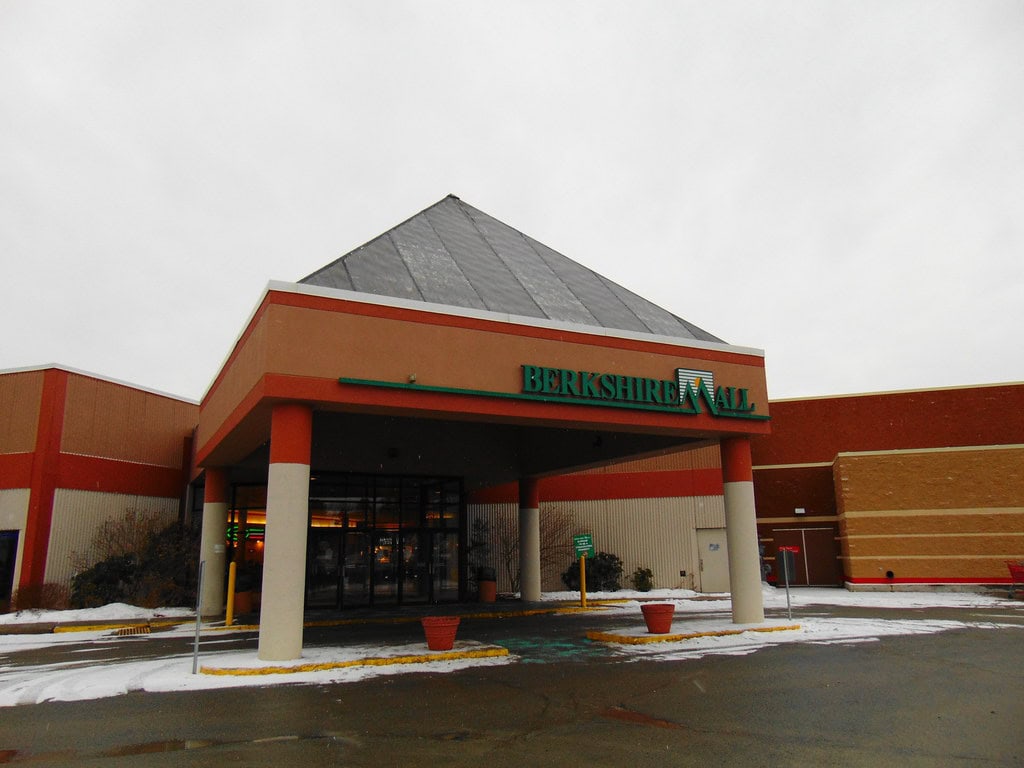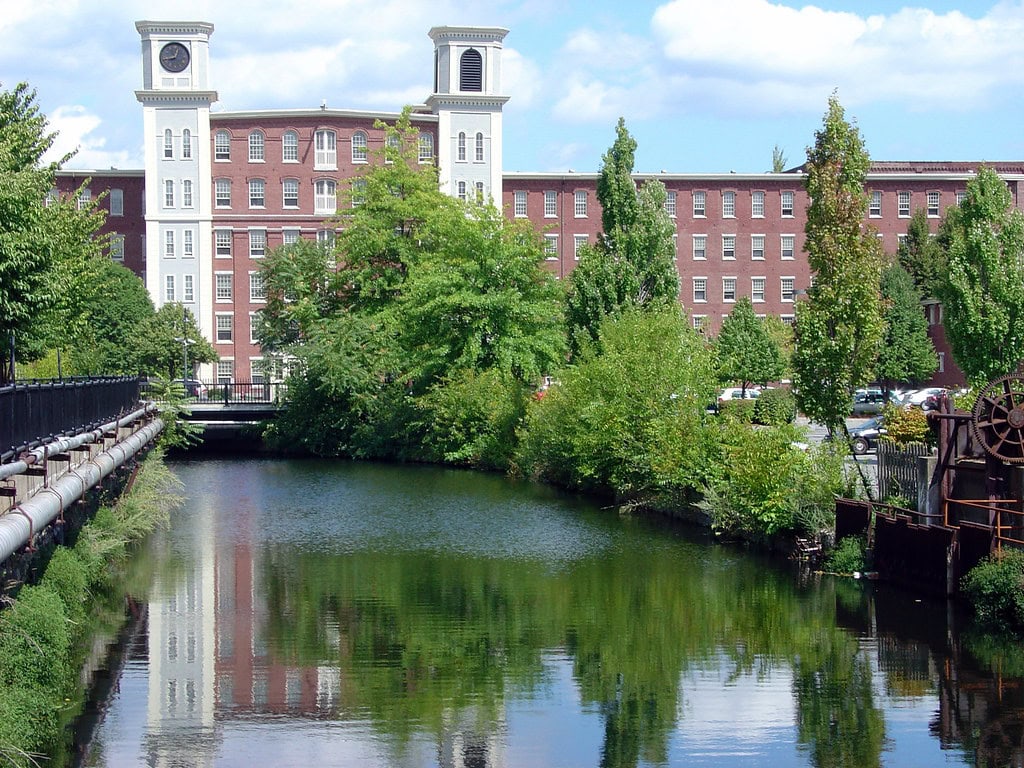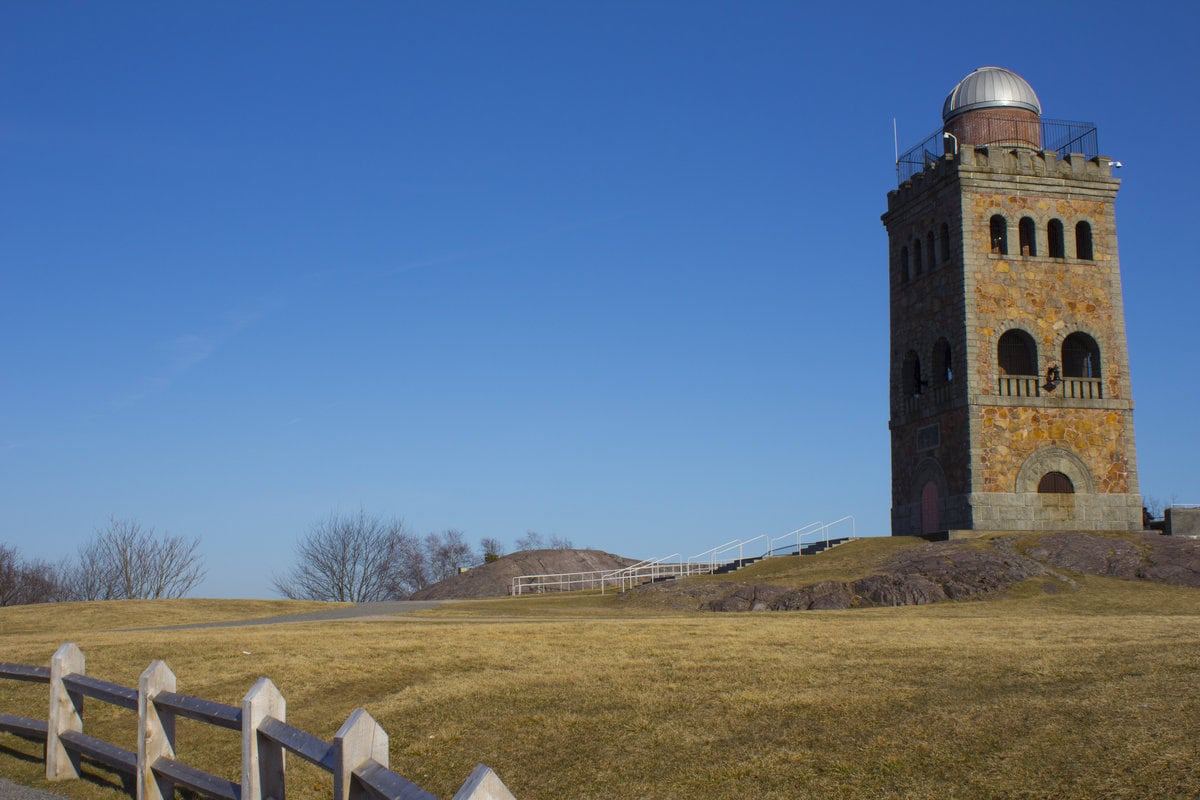What Elm Court Is and Where It Stands Now
Elm Court sits at 310 Old Stockbridge Road, right where Lenox meets Stockbridge, Massachusetts.
The property, which covers 89 acres, includes the main house, a greenhouse, a carriage house, and a cottage.
The house itself is large - 55,000 square feet, spread over 106 rooms.
That's a number that sets it apart. No other Shingle Style home in the United States covers that much ground.
The building was added to the National Register of Historic Places on December 30, 1985.
By then, it had already gone through several phases: private estate, commercial inn, shuttered mansion, and partially restored lodging operation.
Each shift left its mark, though most of the original structure remains.
Inside, original woodwork, stone fireplaces, and plaster walls still hold their shape.
Vanderbilt Berkshires Estate, LLC took over the property in 2022.
Before that, it had been through a redevelopment attempt by a Colorado-based group that bought it in 2012 for $9.8 million.
That sale came with plans for a 112-room hotel, restaurant, and spa - none of those materialized.
Instead, the building sat in limbo - technically owned and lightly maintained but closed to guests.
As of April 2025, the house is closed to the public.
There's no published launch or opening schedule and no confirmed operations for lodging, dining, or events.
For now, Elm Court belongs more to the category of in-progress real estate than active hospitality.
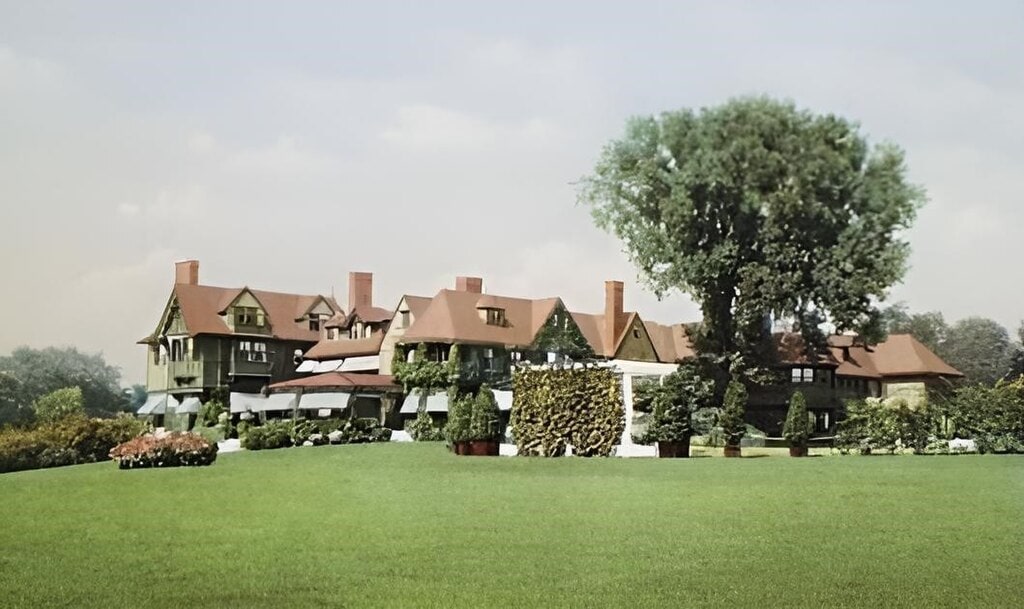
Commissioning a Quiet Statement - Elm Court's Construction Years
Elm Court was built in 1885 and finished by 1886. William Douglas Sloane and Emily Thorn Vanderbilt hired Peabody & Stearns to draw up the plans.
The firm, already known for designing upper-crust homes across New England, leaned into a Shingle-Style layout.
That meant wide porches, wood siding, and rooflines that didn't push too hard for attention.
The result looked grounded and reserved. It was still large and costly - but no marble columns or gold trim.
Frederick Law Olmsted, who had already worked on Central Park and Stanford's campus by then, shaped the grounds.
He focused on broad lawns and curved driveways instead of ornate garden beds - nothing too manicured.
This gave the house breathing room on all sides.
The design held together. Elm Court's horizontal lines gave it a low profile from the road.
Inside, the house ran deep rather than tall, spreading its 106 rooms across a wide footprint instead of stacking them.
This choice made it easier to move large groups through it - useful for a family that expected guests in every season.
While it shared traits with other summer homes in the Berkshires, it didn't follow the Newport model.
Those homes were made for display. This one functioned like a private compound.
The name came from a massive elm tree that stood out front.
That tree survived for decades but perished in March 1953 from Dutch Elm disease.
The building, though, held up. Shingle exteriors don't always age well, but repairs and repainting kept them sealed for many years.
By the time it was listed on the National Register in 1985, most of the original layout remained.
Additions were minimal. Even Olmsted's layout, though weathered, hadn't been replaced.
The original mix of house and land stayed mostly intact.
From Private to Public - Opening the Elm Court Club
In 1946, Emily Vanderbilt passed away. Two years later, in 1948, Elm Court opened to paying guests.
George and Marjorie Wilde - relatives of the original family - ran the property as the Elm Court Club.
That wasn't a branding move.
It was filed as a corporation: Elm Court Club, Inc. They wanted to keep it alive and generate summer jobs for teachers in the area.
The Inn could house 60 guests. It wasn't a sprawling hotel, but it didn't pretend to be.
Saturday nights included dinner and dancing and were open to the public, which helped bring in local traffic.
For some time, the place balanced hospitality with preservation.
Knott Hotels Corporation came in to manage operations, giving the Club access to broader networks for bookings and seasonal staffing.
But even with support, the structure proved expensive to run.
Repairs weren't cheap, and heating and maintenance didn't scale down easily.
The size worked against them when rooms went empty.
In 1959, the Inn closed. There was no fire sale. The Wildes locked the doors and left the interior largely untouched.
Art, furniture, books - many items stayed in place. For years, the house stood sealed.
No caretaker moved in, and no museum conversion followed.
What had been a working property shifted into a long-term vacancy.
From the outside, the shutters gave it a closed-in look.
Inside, time slowed. A few rooms decayed faster than others, but many kept their original floors and trim.
Vacancy, Market Trouble, and Delayed Recovery
After the Inn shut its doors in 1959, Elm Court stayed closed for decades.
Most of the furniture stayed where it was. The doors were locked.
No real security was posted, and the house's location - tucked away on the Lenox-Stockbridge line - kept it hidden from casual traffic.
Without a daily presence, the building drew trouble.
Vandals broke windows, thieves pulled out fixtures, and at least one case of arson was reported, though it didn't spread far.
Over time, leaks opened up, paint peeled, and squirrels got in.
Ownership shifted again in 1998 after George Wilde's passing.
His daughter inherited the property but sold it the next year to her son, Robert Berle, and his wife, Sonya.
The sale price was just under $1 million.
The Berles didn't flip the property. They moved into a partial restoration.
Crews replaced wiring and plumbing. The heating came back online. Some rooms were brought up to code.
Others stayed off-limits. A handful of bookings went through, but the building didn't return to full hotel use.
In 2005, the estate went on the market again - this time at $21.5 million.
It stayed listed for over a year. The price dropped twice: to $17.5 million in 2006 and to $14 million later that year.
A contract was signed with The Kessler Collection, a Florida-based hospitality group, but the deal fell apart before closing.
By the end of 2006, the listing was pulled. No sale closed, and the estate remained in the Berle family's hands.
Permits for limited hotel use were filed in 2010 but went unused for several years.
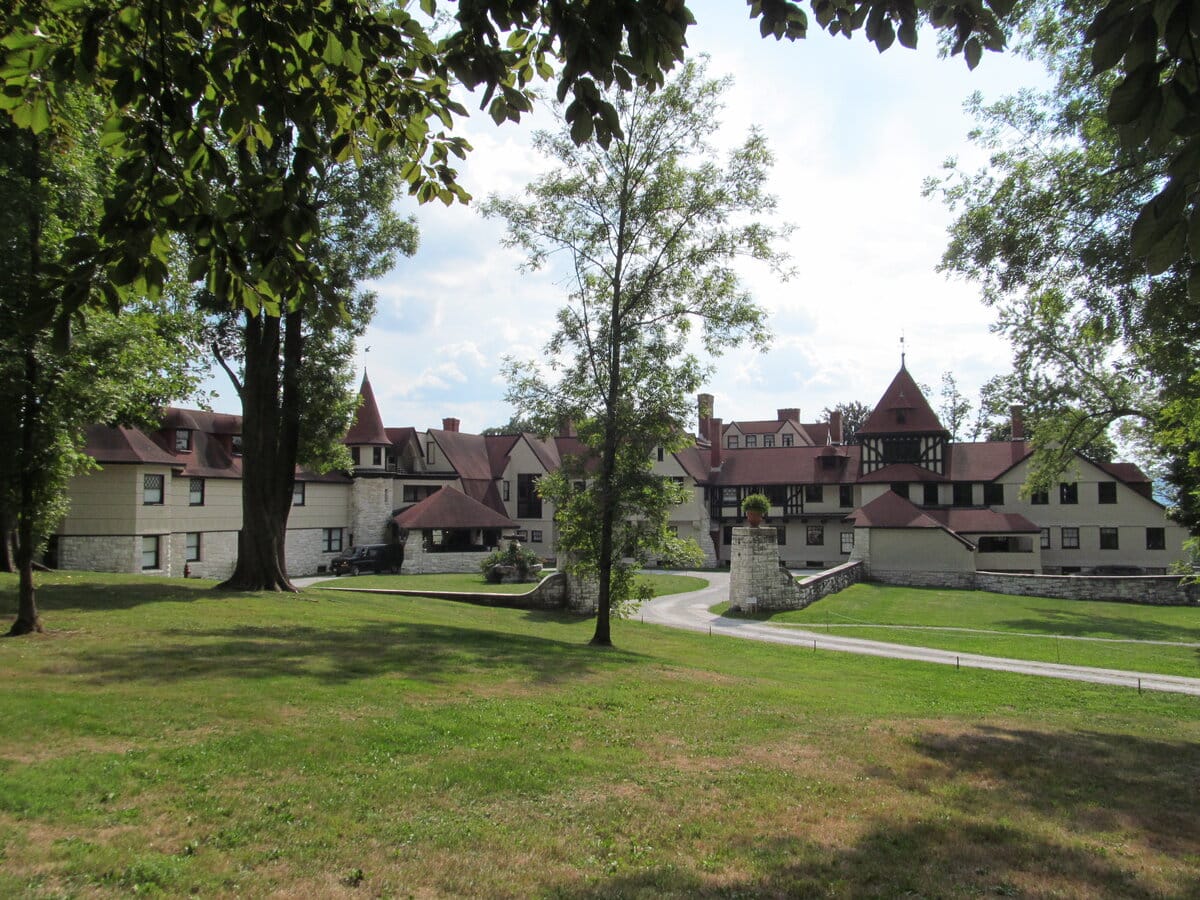
Ownership Changes and Delayed Development Promises
In July 2012, the estate finally sold. The buyer was a Colorado-based group. The deal closed at $9.8 million for the full 89-acre property.
That was a new high for residential sales in Berkshire County at the time.
The new owners outlined plans for a 112-room hotel.
The layout was supposed to include a spa and restaurant, reusing both the main house and outbuildings.
On paper, it looked feasible.
Existing permits from Stockbridge and Lenox supported commercial use, and a restaurant permit was already in place for the stable.
But none of it happened. No new signage appeared, and there were no press photos of ribbon cuttings.
The estate stayed closed to guests, and construction never started.
By late 2020, the house was listed again.
Two years later, a new deal went through. In December 2022, the property sold for $8 million to Vanderbilt Berkshires Estate, LLC.
Public filings link the deal to real estate developer Linda S. Law and Harvard professor Rick Peiser.
The new owners announced plans to restore Elm Court with an eye toward future resort use.
As of April 2025, work is underway but incomplete.
Permits issued in 2010 still stand. So far, those plans remain theoretical.
The house sits behind locked gates, is part construction site, and is part archive, and it is still off the booking calendar.

